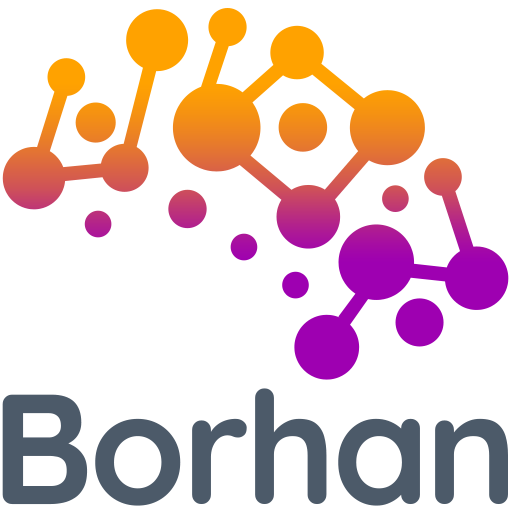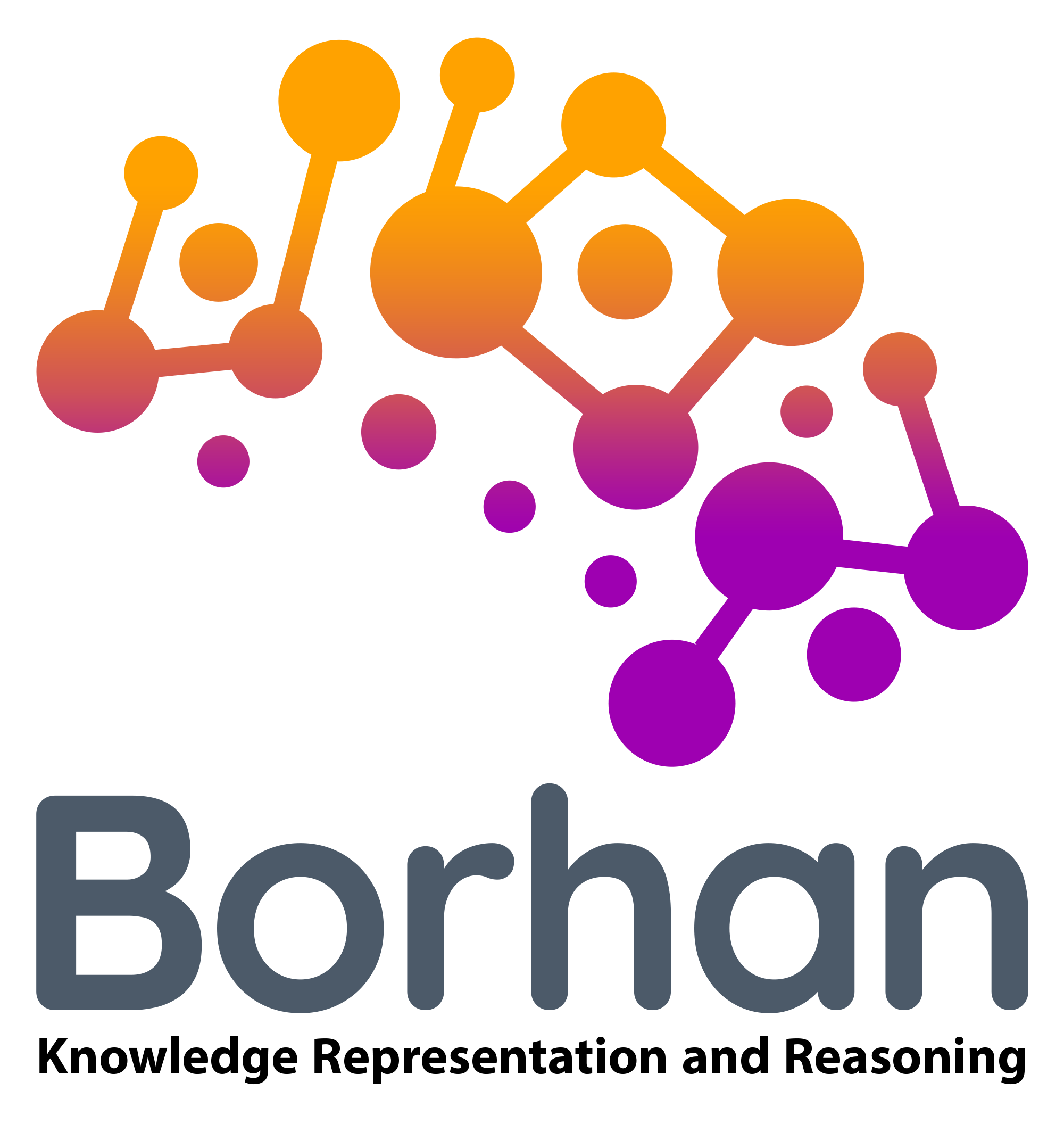What are DLs? (Part 2: Description Logic’s extensions)
There are wide varieties of DLs and there is an informal naming convention, roughly describing the operators allowed. The expressivity is encoded in the label for a logic starting with one of the following basic logics:
AL (Attributive language):
- Atomic negation (negation of concept names that do not appear on the left-hand side of axioms)
- Concept intersection
- Universal restrictions
- Limited existential quantification
FL (Frame-based Description Language):
- Concept intersection
- Universal restrictions
- Limited existential quantification
- Role restriction
EL (Existential Language):
- Concept intersection
- Existential restrictions (of full existential quantification)
We can extend these 3 basic DLs by other mathematical constructors. Also, there are some canonical DLs that do not exactly fit this convention such as S, FL-, FL0, and EL++.
The Protégé ontology editor supports SHOIN(D), and three major biomedical informatics terminology bases, SNOMED CT, GALEN, and GO, are expressible in EL (with additional role properties).
Also, OWL 2 provides the expressiveness of SROIQ(D), OWL-DL is based on SHOIN(D), and for OWL-Lite it is SHIF(D).
There are classical, spatial, temporal, spatiotemporal, dynamic, paraconsistent, probabilistic, abductive, and fuzzy description logics, and each DL features a different balance between expressive power and reasoning complexity by supporting different sets of mathematical constructors.




